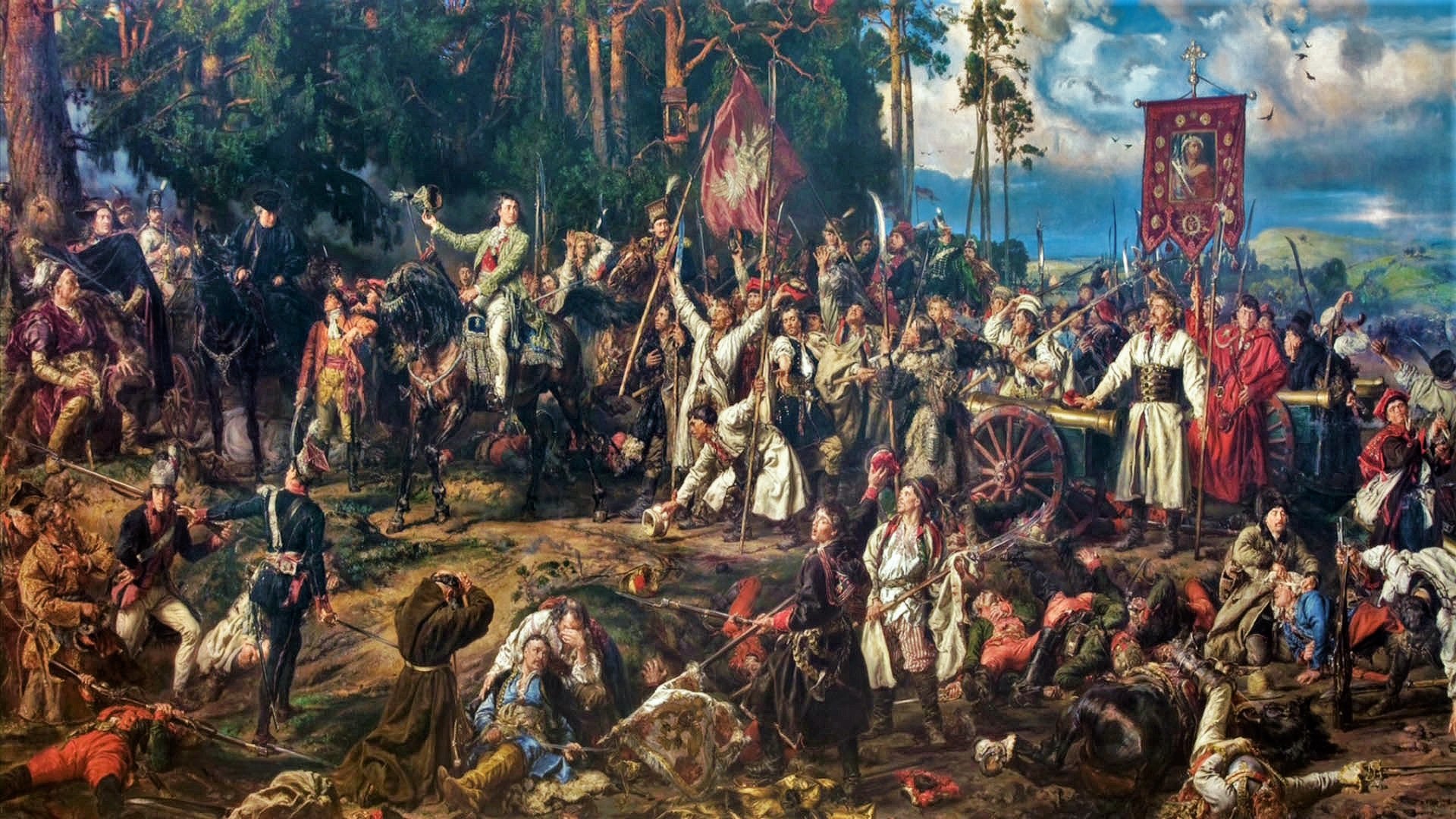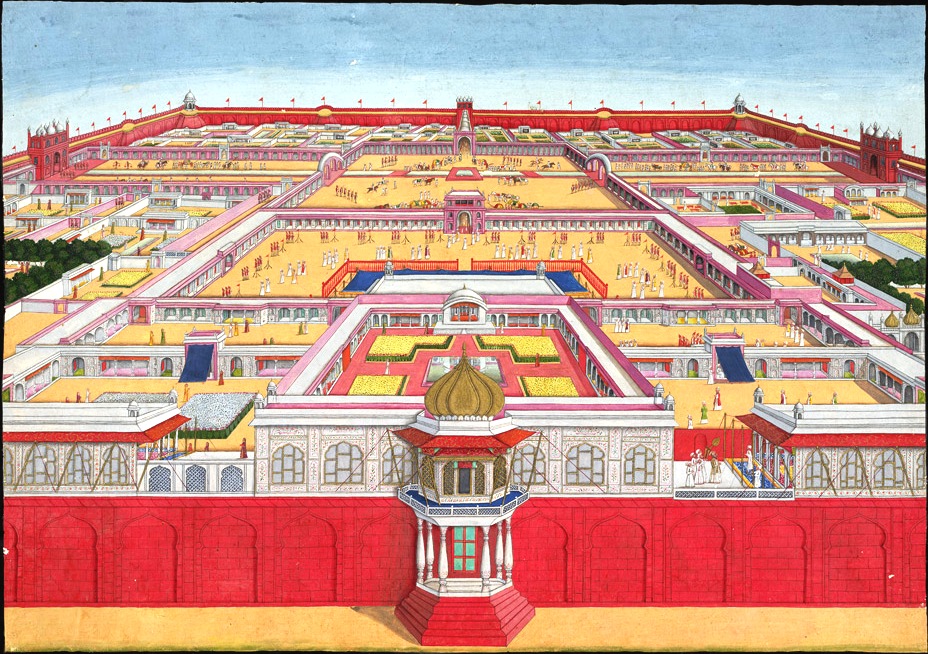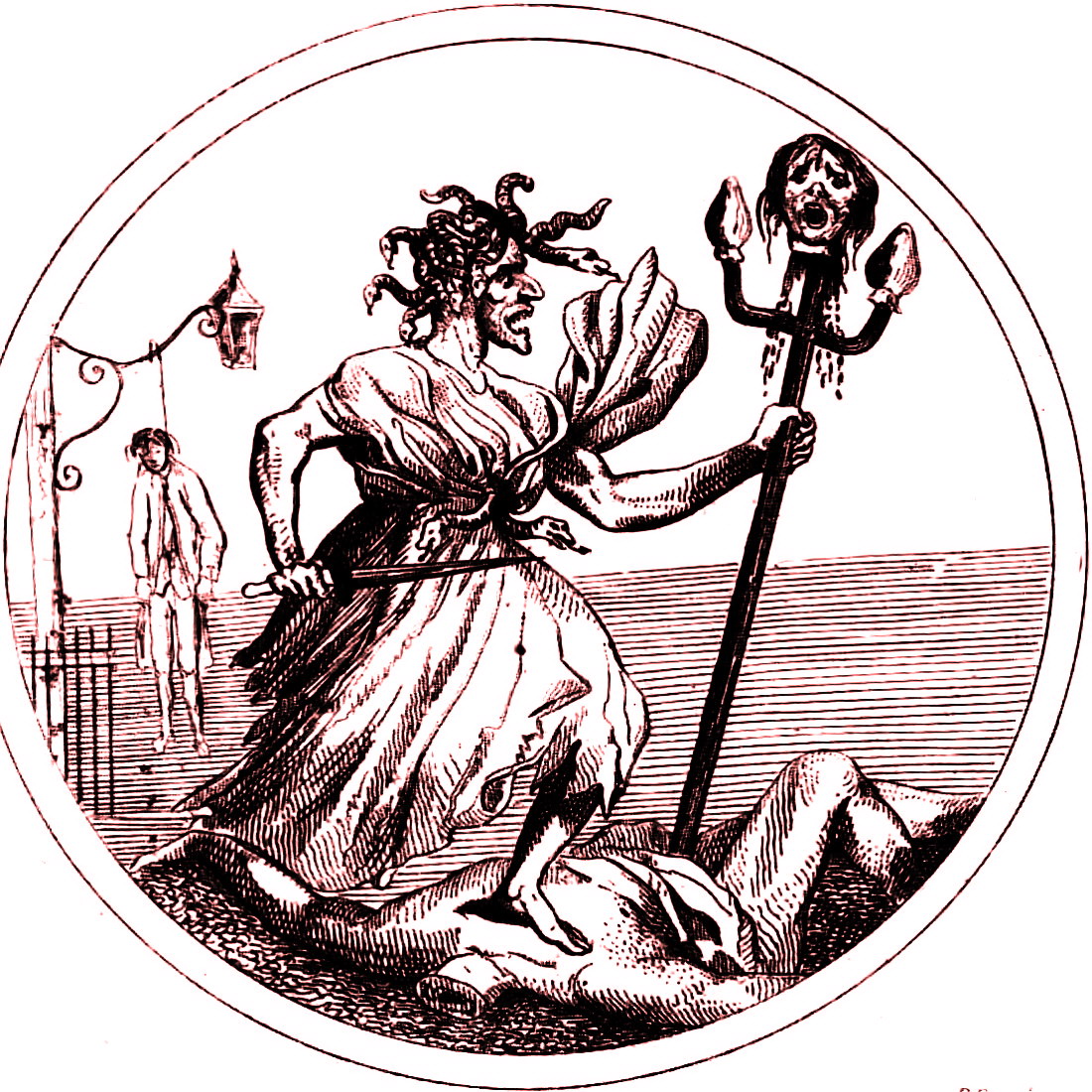|
Henriette-Anne-Louise D'Aguesseau
Henriette Anne Louise d'Aguesseau, Duchess of Noailles, Princess of Tingry (12 February 1737 – 22 July 1794), was a French salon hostess and duchess, the heiress of her grandfather, Henri François d'Aguesseau, and wife of Jean Louis François de Noailles, Count and Duke of Ayen. Life She was the daughter of Jean Baptiste Paulin d'Aguesseau de Fresne, Count of Compans and of Maligny, who married, on 29 February 1736, her mother, Anne Louise Françoise du Pré, Dame of la Grange-Bleneau. Her father was successively adviser to the Parliament, Commissioner of the Second Chamber of the Palais Queries, Master of Requests, State Councilor regular (in 1734), Dean's Council, and Provost Master of Ceremonies of the Order of the Holy Spirit. Her mother died the day after she was born, on 13 February 1737. She was the paternal granddaughter of Henri François d'Aguesseau (1668–1751), Chancellor of France three times between 1717 and 1750. After her father remarried, she wa ... [...More Info...] [...Related Items...] OR: [Wikipedia] [Google] [Baidu] |
Duke Of Noailles
The title of Duke of Noailles was a French peerage created in 1663 for Anne de Noailles, Count of Ayen. History Noailles is the name of a prominent French noble family, derived from the castle of Noailles in the territory of Ayen, between Brive and Turenne in Limousin, and claiming to date back to the 11th century. The family did not obtain fame until the 16th century, when its head, Antoine de Noailles (1504–1562), became admiral of France and was ambassador in England during three important years (1553–1556), maintaining a gallant but unsuccessful rivalry with the Spanish ambassador, Simon Renard. Henri de Noailles (1554–1623), son of Antoine, was a commander in the religious wars and was made comte d'Ayen by Henry IV of France in 1593. Anne de Noailles (died 1678), the grandson of the first count, played an important part in the Fronde and the early years of the reign of Louis XIV, became captain-general of the newly-won province of Roussillon, and in 1663 was made Duk ... [...More Info...] [...Related Items...] OR: [Wikipedia] [Google] [Baidu] |
Burials At Picpus Cemetery
Burial, also known as interment or inhumation, is a method of final disposition whereby a dead body is placed into the ground, sometimes with objects. This is usually accomplished by excavating a pit or trench, placing the deceased and objects in it, and covering it over. A funeral is a ceremony that accompanies the final disposition. Humans have been burying their dead since shortly after the origin of the species. Burial is often seen as indicating respect for the dead. It has been used to prevent the odor of decay, to give family members closure and prevent them from witnessing the decomposition of their loved ones, and in many cultures it has been seen as a necessary step for the deceased to enter the afterlife or to give back to the cycle of life. Methods of burial may be heavily ritualized and can include natural burial (sometimes called "green burial"); embalming or mummification; and the use of containers for the dead, such as shrouds, coffins, grave liners, and bur ... [...More Info...] [...Related Items...] OR: [Wikipedia] [Google] [Baidu] |
1794 Deaths
Events January–March * January 1 – The Stibo Group is founded by Niels Lund as a printing company in Aarhus (Denmark). * January 13 – The U.S. Congress enacts a law providing for, effective May 1, 1795, a United States flag of 15 stars and 15 stripes, in recognition of the recent admission of Vermont and Kentucky as the 14th and 15th states. A subsequent act restores the number of stripes to 13, but provides for additional stars upon the admission of each additional state. * January 21 – King George III of Great Britain delivers the speech opening Parliament and recommends a continuation of Britain's war with France. * February 4 – French Revolution: The National Convention of the French First Republic abolishes slavery. * February 8 – Wreck of the Ten Sail on Grand Cayman. * February 11 – The first session of the United States Senate is open to the public. * March 4 – The Eleventh Amendment to the United States Constitu ... [...More Info...] [...Related Items...] OR: [Wikipedia] [Google] [Baidu] |
1737 Births
Events January–March * January 5 – Spain and the Holy Roman Empire sign instruments of cession at Pontremoli in the Grand Duchy of Tuscany in Italy, with the Empire receiving control of Tuscany and the Grand Duchy of Parma and Piacenza, in return for Don Carlos of Spain being recognized as King of Naples and King of Sicily. * January 9 – The Empires of Austria and Russia enter into a secret military alliance that leads to Austria's disastrous entry into the Russo-Turkish War. * January 18 – In Manila, a peace treaty is signed between Spain's Governor-General of the Philippines, Fernándo Valdés y Tamon, and the Sultan Azim ud-Din I of Sulu, recognizing Azim's authority over the islands of the Sulu Archipelago. * February 20 – France's Foreign Minister, Germain Louis Chauvelin, is dismissed by King Louis XV's Chief Minister, Cardinal André-Hercule de Fleury * February 27 – French scientists Henri-Louis Duhamel du Monceau and Georges ... [...More Info...] [...Related Items...] OR: [Wikipedia] [Google] [Baidu] |
Picpus Cemetery
Picpus Cemetery (french: Cimetière de Picpus, ) is the largest private cemetery in Paris, France, located in the 12th arrondissement. It was created from land seized from the convent of the Chanoinesses de St-Augustin, during the French Revolution. Just minutes away from where the guillotine was set up, it contains 1,306 victims executed between 14 June and 27 July 1794, during the height and last phase of the Reign of Terror. Today only descendants of those 1,306 victims are eligible to be buried at Picpus Cemetery. Picpus Cemetery is one of only two private cemeteries in Paris, the other being the old ''Cimetière des Juifs Portugais de Paris'' (Portuguese Jewish Cemetery of Paris) in the 19th arrondissement. Picpus Cemetery is situated next to a small chapel, Notre-Dame-de-la-Paix ("Our Lady of Peace"), run by the Sisters of the Sacred Heart. The priests of the Congregation of the Sacred Hearts are referred to as "The Picpus Fathers" because of the order's origins on the s ... [...More Info...] [...Related Items...] OR: [Wikipedia] [Google] [Baidu] |
Mass Grave
A mass grave is a grave containing multiple human corpses, which may or may not be identified prior to burial. The United Nations has defined a criminal mass grave as a burial site containing three or more victims of execution, although an exact definition is not unanimously agreed upon. Mass graves are usually created after many people die or are killed, and there is a desire to bury the corpses quickly for sanitation concerns. Although mass graves can be used during major conflicts such as war and crime, in modern times they may be used after a famine, epidemic, or natural disaster. In disasters, mass graves are used for infection and disease control. In such cases, there is often a breakdown of the social infrastructure that would enable proper identification and disposal of individual bodies. History Mass or communal burial was a common practice before the development of a dependable crematory chamber by Ludovico Brunetti in 1873. In ancient Rome waste and dead bodies of the ... [...More Info...] [...Related Items...] OR: [Wikipedia] [Google] [Baidu] |
Guillotined
A guillotine is an apparatus designed for efficiently carrying out executions by beheading. The device consists of a tall, upright frame with a weighted and angled blade suspended at the top. The condemned person is secured with stocks at the bottom of the frame, positioning the neck directly below the blade. The blade is then released, swiftly and forcefully decapitating the victim with a single, clean pass so that the head falls into a basket or other receptacle below. The guillotine is best known for its use in France, particularly during the French Revolution, where the revolution's supporters celebrated it as the people's avenger and the revolution's opponents vilified it as the pre-eminent symbol of the violence of the Reign of Terror. While the name "guillotine" itself dates from this period, similar devices had been in use elsewhere in Europe over several centuries. The use of an oblique blade and the stocks set this type of guillotine apart from others. The display of ... [...More Info...] [...Related Items...] OR: [Wikipedia] [Google] [Baidu] |
Prison Du Luxembourg
The Luxembourg Palace (french: Palais du Luxembourg, ) is at 15 Rue de Vaugirard in the 6th arrondissement of Paris. It was originally built (1615–1645) to the designs of the French architect Salomon de Brosse to be the royal residence of the regent Marie de' Medici, mother of King Louis XIII. After the Revolution it was refashioned (1799–1805) by Jean Chalgrin into a legislative building and subsequently greatly enlarged and remodeled (1835–1856) by Alphonse de Gisors. The palace has been the seat of the upper houses of the various French national legislatures (excepting only the unicameral National Assembly of the Second Republic) since the establishment of the ''Sénat conservateur'' during the Consulate; as such, it has been home to the Senate of the Fifth Republic since its establishment in 1958. Immediately west of the palace on the Rue de Vaugirard is the Petit Luxembourg, now the residence of the Senate President; and slightly further west, the Musée du Luxembo ... [...More Info...] [...Related Items...] OR: [Wikipedia] [Google] [Baidu] |
Reign Of Terror
The Reign of Terror (french: link=no, la Terreur) was a period of the French Revolution when, following the creation of the First Republic, a series of massacres and numerous public executions took place in response to revolutionary fervour, anticlerical sentiment, and accusations of treason by the Committee of Public Safety. There is disagreement among historians over when exactly "the Terror" began. Some consider it to have begun only in 1793, giving the date as either 5 September, June or March, when the Revolutionary Tribunal came into existence. Others, however, cite the earlier time of the September Massacres in 1792, or even July 1789, when the first killing of the revolution occurred. The term "Terror" being used to describe the period was introduced by the Thermidorian Reaction who took power after the fall of Maximilien Robespierre in July 1794, to discredit Robespierre and justify their actions. Today there is consensus amongst historians that the exceptional revo ... [...More Info...] [...Related Items...] OR: [Wikipedia] [Google] [Baidu] |
Louis De Noailles
Louis de Noailles, 4th Duke of Noailles (21 April 1713 in Versailles22 August 1793 in Saint-Germain-en-Laye) was a French peer and Marshal of France. He was the son of Françoise Charlotte d'Aubigné, niece of Madame de Maintenon, and a nephew of Marie Victoire de Noailles, daughter-in-law of Louis XIV of France. Life Louis bore the title of Duke of Ayen until his father's death in 1766 when he became Duke of Noailles. On 25 February 1737 he married Cathérine Françoise Charlotte de Cossé-Brissac, with whom he had four children, two sons and two daughters: John Paul. Duke of Ayen, Adrienne Catherine de Noailles, Emmanuel de Noailles, and Philippine Louise de Noailles. He served in most of the wars of the eighteenth century without particular distinction, but was nevertheless made a Marshal of France in 1775. He refused to emigrate during the Revolution but escaped the guillotine by dying in August 1793. Family The duke's widow, granddaughter, and daughter-in-law were gui ... [...More Info...] [...Related Items...] OR: [Wikipedia] [Google] [Baidu] |








